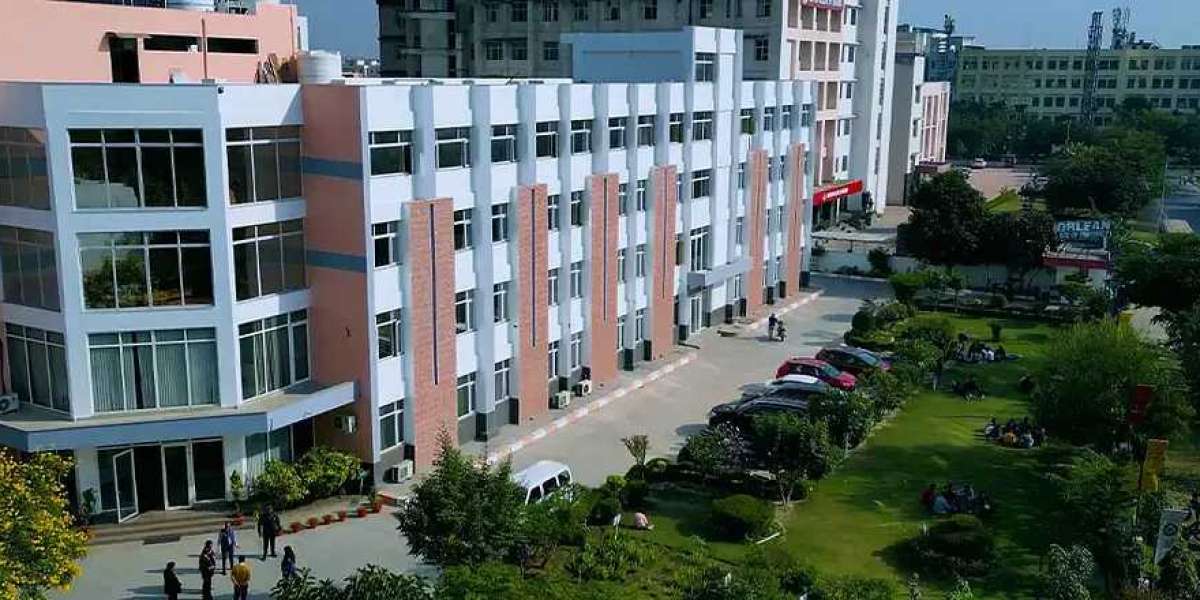Augmented Reality (AR) has revolutionized how we interact with digital content, providing immersive experiences that blend the real and virtual worlds. As businesses and industries look to incorporate AR into their strategies, AR application development has become an increasingly important field. AR can enhance customer experiences, provide innovative solutions in education, healthcare, retail, and entertainment, and unlock new possibilities for mobile app developers. However, like any emerging technology, AR application development comes with its own set of challenges. In this blog, we will explore the key hurdles developers face in AR app development and discuss how they can overcome these obstacles to create seamless, innovative AR experiences.
- Hardware Limitations
One of the primary challenges in AR application development is the hardware limitation of mobile devices. AR apps rely heavily on the device's camera, sensors, and processors to blend digital content with the real world. However, not all devices are equipped with high-performance cameras and sensors required to deliver a seamless AR experience. Older smartphones, for instance, may not be able to handle the complex calculations needed for high-quality AR rendering, resulting in performance issues such as lag, poor graphics quality, and crashes.
Solution: To overcome this challenge, AR application developers should focus on optimizing the performance of their apps by testing them on various devices, especially across different OS versions and hardware capabilities. Developers can also use AR software development kits (SDKs) and frameworks like ARKit (for iOS) or ARCore (for Android) that are designed to optimize AR functionality even on lower-end devices. Additionally, using cloud-based AR solutions can offload some of the processing demands from the device, helping to enhance performance and reduce the dependency on hardware specifications.
- Integration with Existing Systems
For businesses looking to incorporate AR into their existing operations or products, integrating AR applications with existing systems and platforms can be a significant challenge. Whether it’s linking AR features to e-commerce platforms, inventory management systems, or educational content, ensuring smooth integration is often a complex task. The difficulty increases when businesses have legacy systems that are outdated and not designed to accommodate newer technologies like AR.
Solution: To address this challenge, AR developers must work closely with IT teams and businesses to understand the architecture of the existing systems. Planning for a modular integration approach where AR functionalities are introduced step by step can help in minimizing disruptions. Additionally, businesses should prioritize upgrading their systems to be more compatible with modern technologies like AR. Employing middleware that facilitates communication between AR apps and legacy systems can also make integration easier.
- User Experience and Interface Design
AR applications require a user interface that works seamlessly with the real world. Designing an intuitive and engaging user experience (UX) for AR apps is one of the most complex aspects of AR application development. The UI must be user-friendly, non-intrusive, and capable of reacting to the user’s movements and interactions in real time. Poor UX design can lead to user frustration, reduced engagement, and an overall negative experience.
Solution: AR app developers must focus on user-centered design principles, making sure the AR experience is easy to navigate and adds value to the user. It is essential to design for simplicity and ensure that virtual elements do not obstruct the real world in a way that confuses or annoys the user. Conducting user testing and gathering feedback early in the development process can help identify pain points and make necessary adjustments. An agile approach to development is key in ensuring that the app continuously improves based on real-world feedback.
- Real-Time Rendering
Real-time rendering is another critical challenge in AR application development. Unlike traditional mobile apps, AR apps require the rendering of virtual objects in real-time, which must be aligned with the physical environment the user is in. Achieving accurate and high-quality real-time rendering can be a challenge, especially when dealing with complex 3D objects, lighting conditions, and spatial interactions.
Solution: To overcome real-time rendering issues, developers can leverage the power of modern AR frameworks and SDKs, which provide tools to optimize rendering performance. Additionally, implementing dynamic lighting and shadow effects can help improve the realism of virtual objects in real-world environments. Optimizing the app's code for efficient memory and CPU usage, along with using high-performance graphics engines like Unity or Unreal Engine, can also enhance the real-time rendering process.
- Limited Content and Data
AR applications depend on high-quality content and data to create engaging experiences. However, generating and managing this content can be a significant challenge. Whether it’s creating 3D models, videos, or other digital assets, developers must ensure the content is optimized for AR. Additionally, ensuring that the AR app has access to relevant data, such as GPS coordinates or environmental information, can be tricky.
Solution: Collaborating with experienced 3D artists, designers, and content creators is essential for building high-quality AR assets. Developers can also leverage open-source libraries, data sets, and AR content platforms that provide ready-made assets to speed up development. For real-time data, using APIs and data sources that offer up-to-date information can be beneficial, as it allows AR apps to stay relevant and provide users with real-time, interactive experiences.
- Mobile App Development Costs
Developing AR applications can be an expensive endeavor. The combination of sophisticated hardware requirements, real-time rendering, 3D content creation, and the need for skilled developers all contribute to higher costs. For businesses looking to incorporate AR, understanding the cost implications is critical for effective budgeting.
Solution: Businesses can use a mobile app cost calculator to get a rough estimate of how much it will cost to develop an AR application based on the features and functionality they require. This tool can help streamline the budgeting process, making it easier for companies to plan ahead. For companies in regions like India, where costs tend to be lower, android app development India might also present an affordable alternative for some projects, especially if cross-platform apps are being considered.
- Privacy and Security Concerns
Given that AR apps often require access to users’ cameras, microphones, and location data, privacy and security concerns are a significant challenge. Protecting sensitive user data and ensuring that AR applications comply with privacy regulations is crucial for developers to avoid legal and reputational issues.
Solution: Developers should prioritize user privacy by implementing strict data security measures, such as encryption and secure data storage practices. Additionally, AR apps should ask for permissions transparently, informing users of what data is being accessed and why. Adhering to privacy regulations like GDPR can help ensure that users' personal information is protected.
Overcoming the Challenges
The challenges involved in AR application development are considerable, but not insurmountable. With the right tools, methodologies, and a user-centered approach, developers can create cutting-edge AR applications that deliver exceptional user experiences. If you’re planning to develop an AR app and need expert guidance, Book an Appointment with an experienced AR development team. A consultation can provide valuable insights into the feasibility of your project and the best approach to overcome challenges.
Conclusion
As AR technology continues to evolve, the role of experienced developers and strategic planning will be crucial in overcoming the challenges associated with AR application development. Working with an experienced augmented reality app development company ensures that you have the right skills and resources to create impactful and immersive AR experiences. With the right solutions in place, the potential for AR applications to transform industries and everyday life is boundless.














